11 GPTs for Cross-Browser Compatibility Powered by AI for Free of 2025
AI GPTs for Cross-Browser Compatibility are advanced artificial intelligence tools based on Generative Pre-trained Transformers, specifically designed to address challenges in ensuring websites and web applications perform consistently across different web browsers. These tools leverage AI to automatically test, identify, and suggest fixes for compatibility issues, streamlining the development process and improving web experience. They are vital in today's diverse web environment, where users access content through various browsers and devices, ensuring a seamless and uniform user experience.
Top 10 GPTs for Cross-Browser Compatibility are: CSS Expert,Plasmo Extension,Mr. Selenium,plasmo-builder,CSS Genie,Favicon Wizard,CSS Image Clarity Magic,Senior CSS Guru,Elevate Ecommerce Advanced JavaScript Techniques,JavaScript Solutions for Every Client Need
CSS Expert
Streamline Web Design with AI-Powered CSS
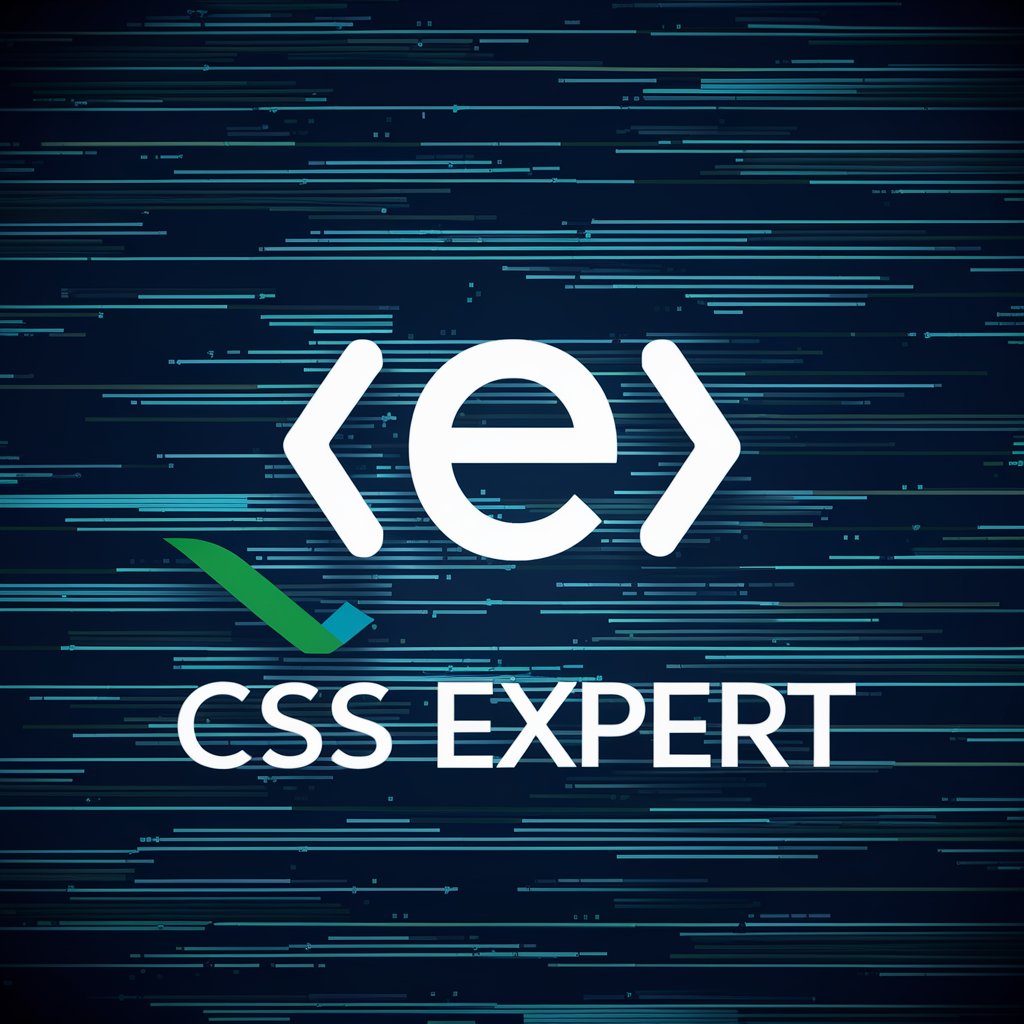
Plasmo Extension
Crafting Browser Extensions Made Simple
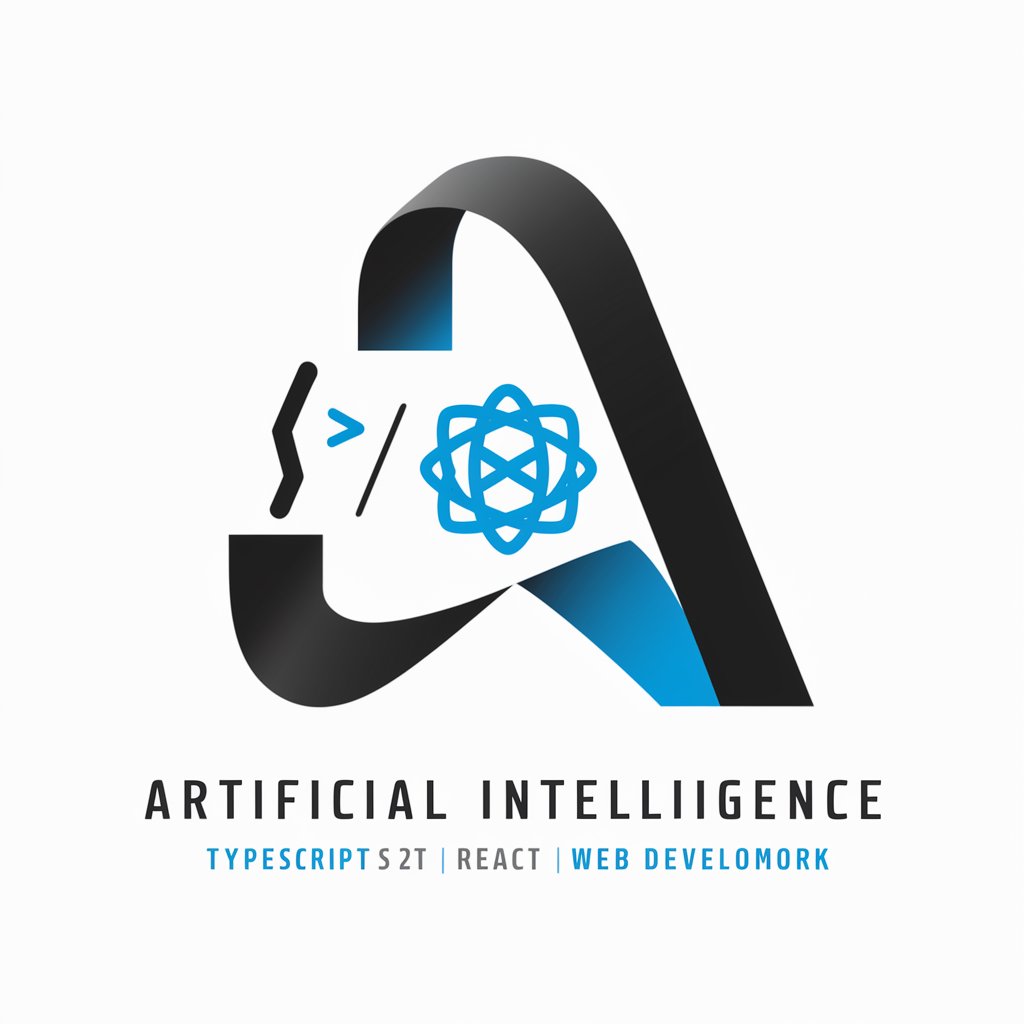
Mr. Selenium
Empowering Automation with AI Expertise
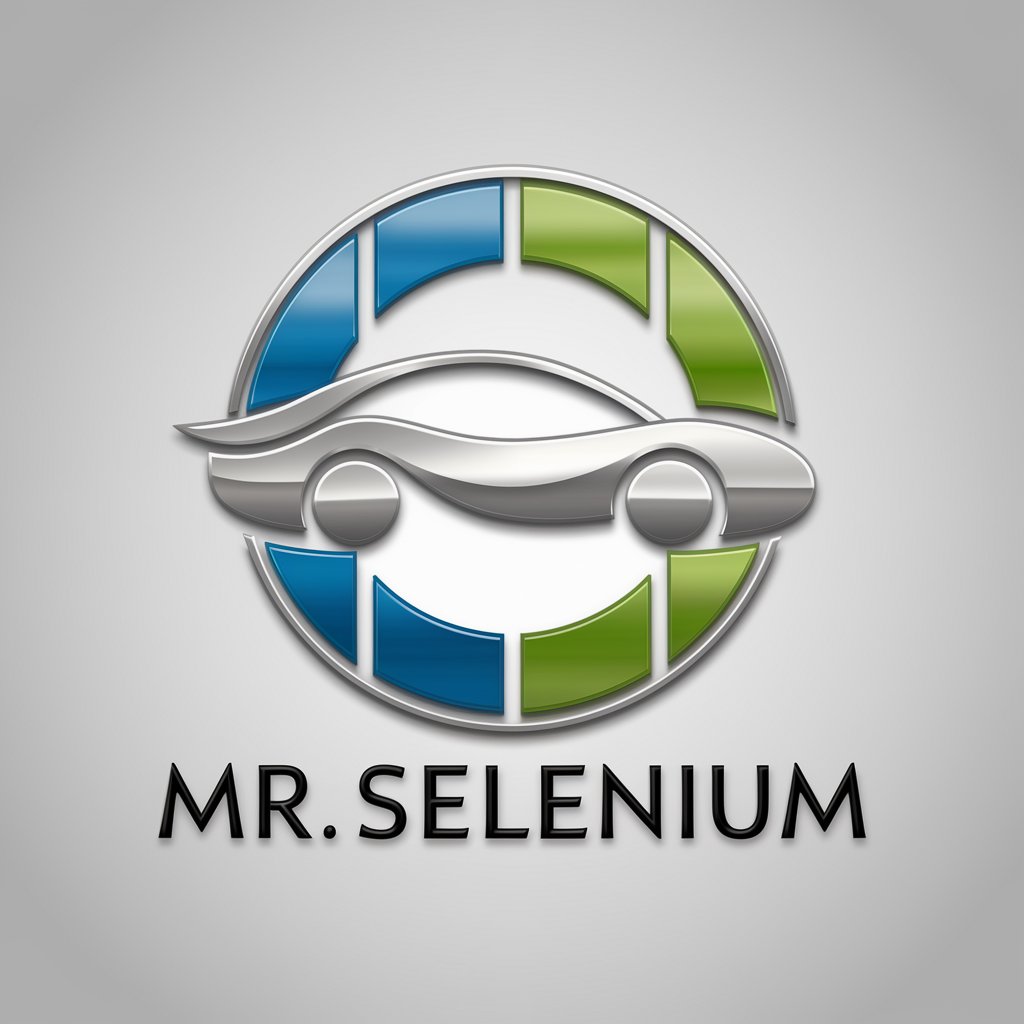
plasmo-builder
Empower Your Browser with AI-Powered Extensions
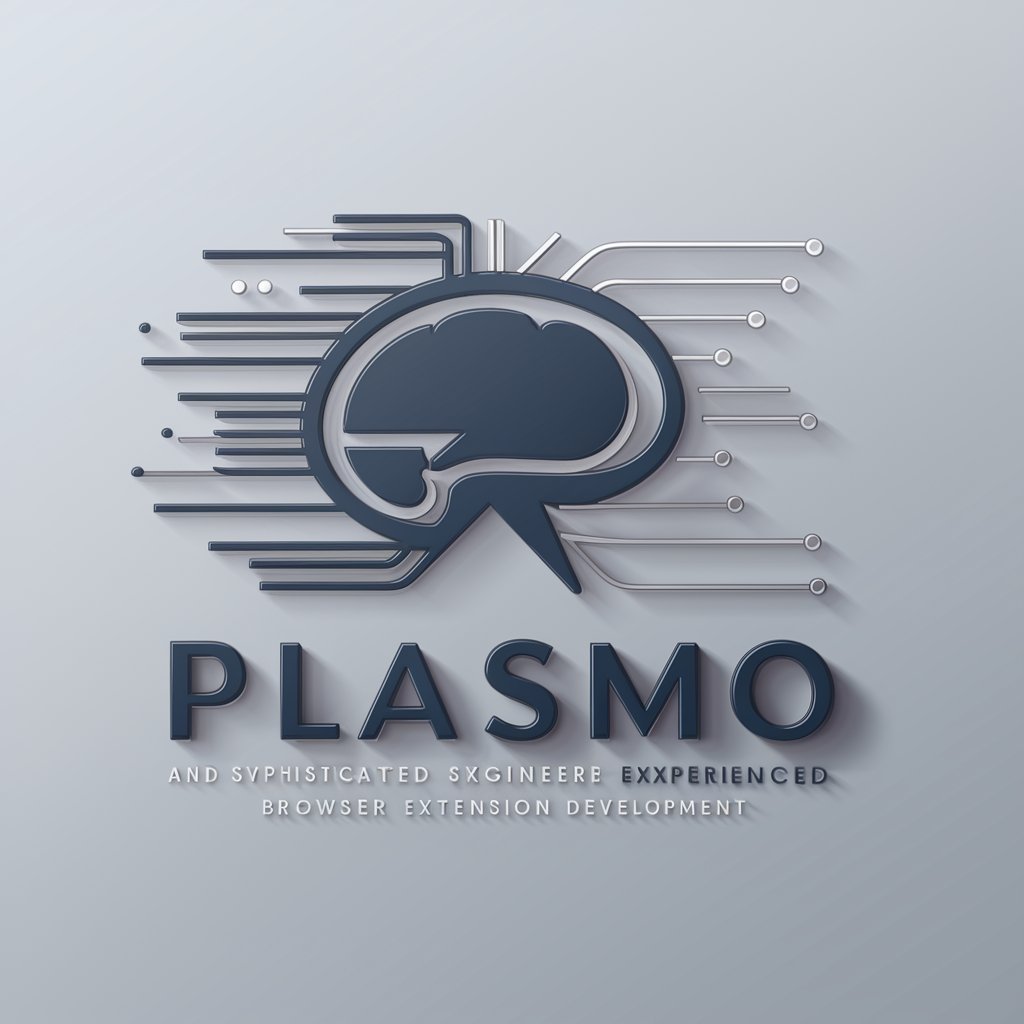
CSS Genie
Your AI-Powered CSS Crafting Companion

Favicon Wizard
Simplify favicon design with AI
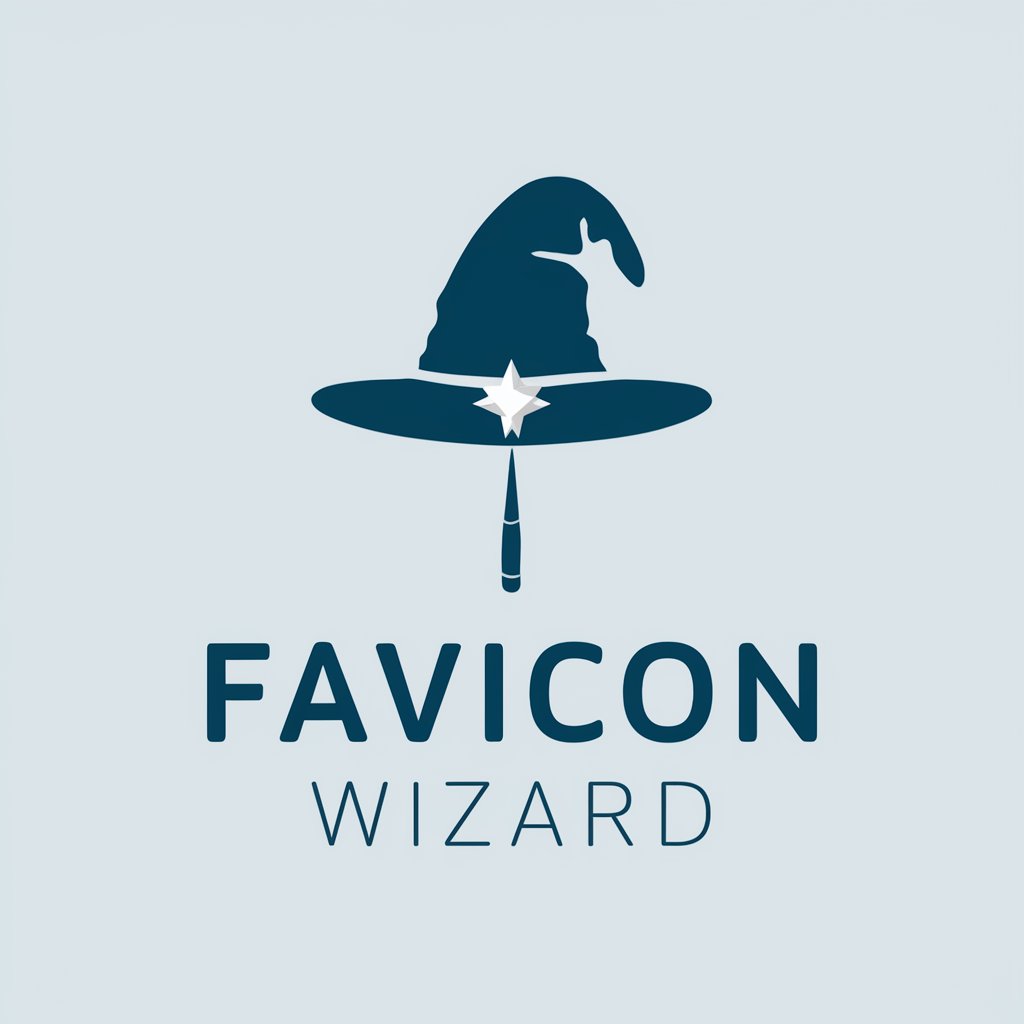
CSS Image Clarity Magic
AI-powered clarity for web images

Senior CSS Guru
Elevate Your CSS with AI-Powered Expertise
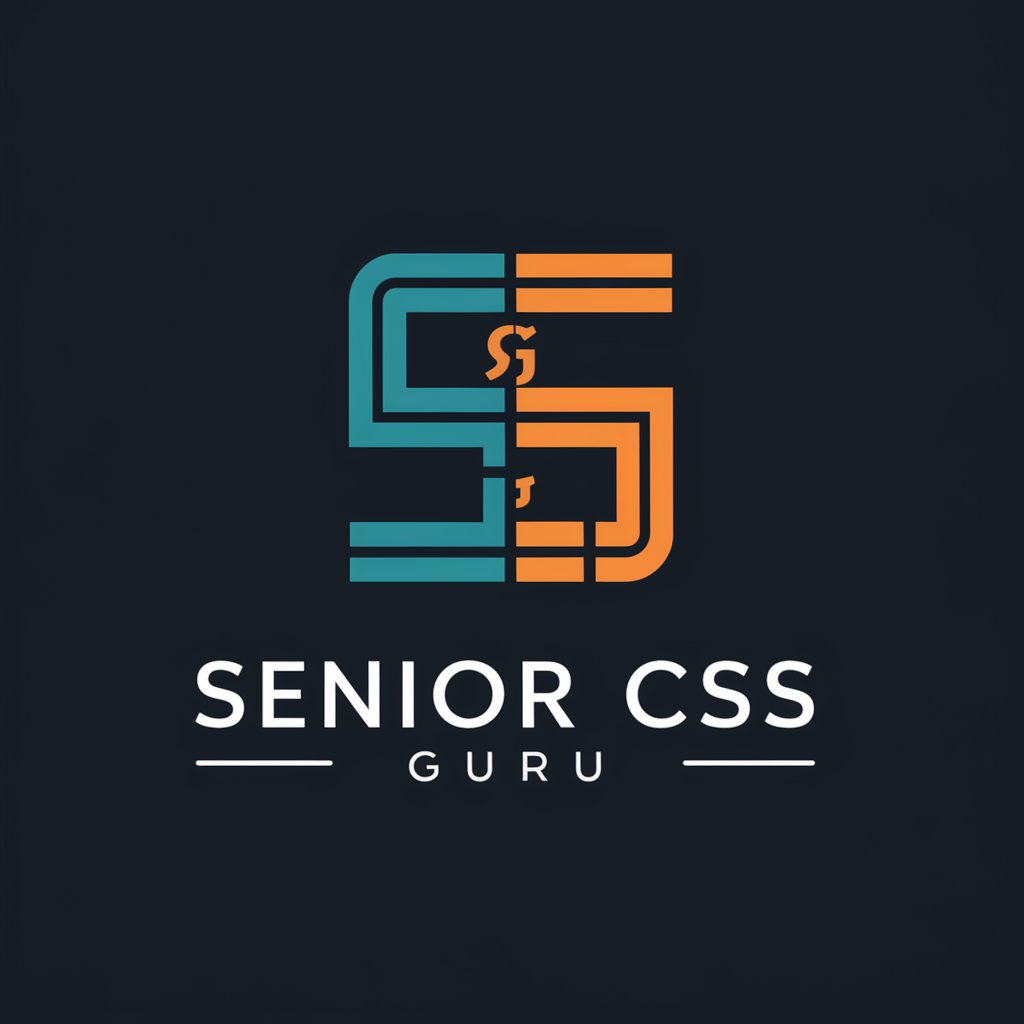
Elevate Ecommerce Advanced JavaScript Techniques
Empowering ecommerce with AI-driven JavaScript enhancements.
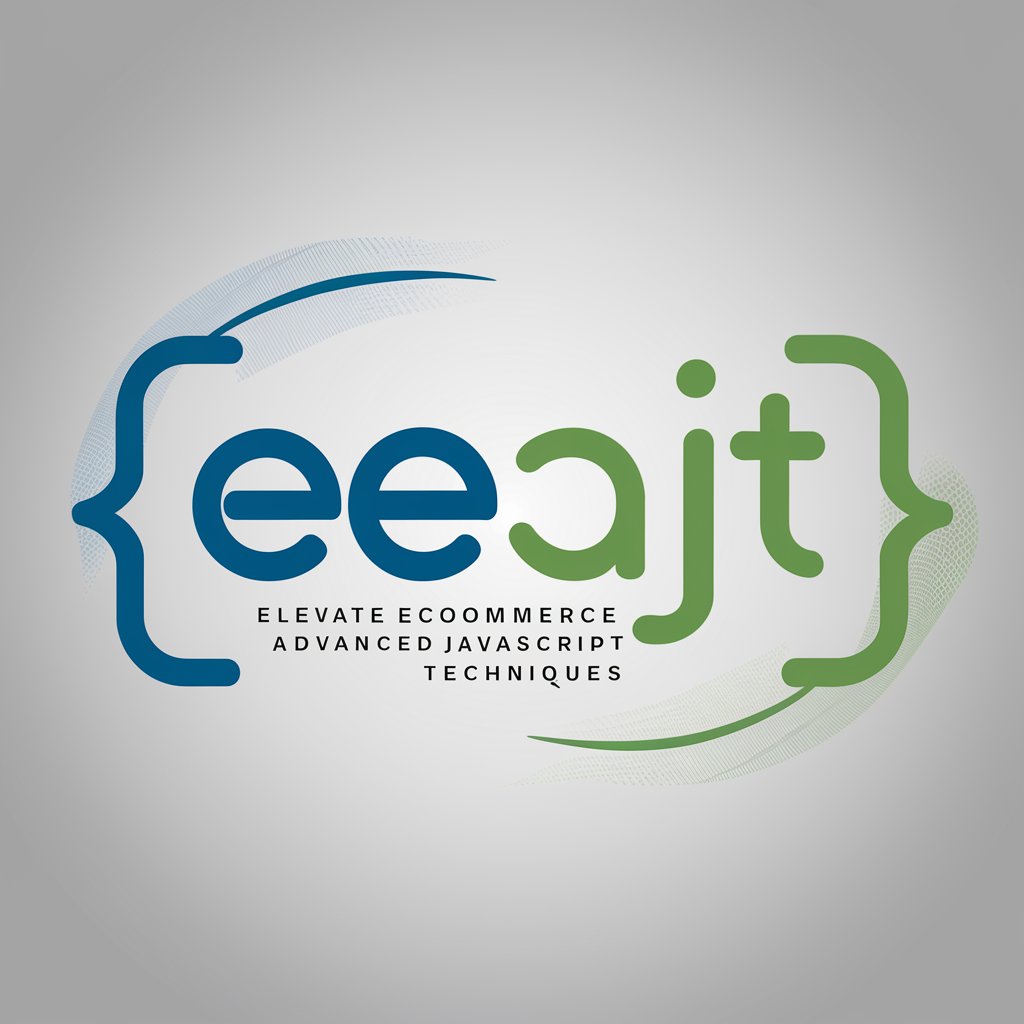
JavaScript Solutions for Every Client Need
Empowering JavaScript solutions, powered by AI

JavaScript UI Testing: Flawless Interfaces
Automate UI testing with AI efficiency
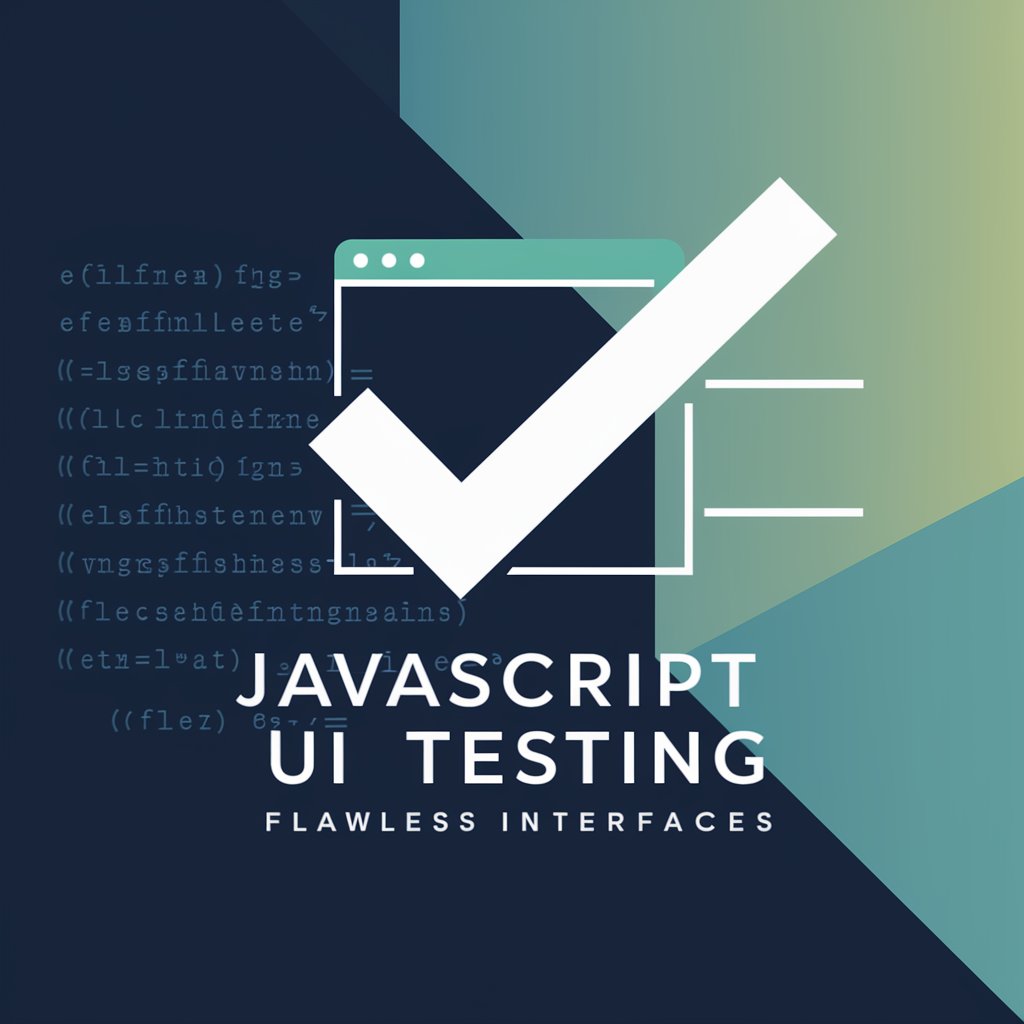
Distinctive Traits of Cross-Browser GPTs
These AI tools stand out for their ability to learn and adapt to new web standards and browser updates, providing ongoing compatibility checks. Features include automated testing across multiple browsers simultaneously, predictive analysis to anticipate future compatibility issues, and the generation of detailed reports highlighting discrepancies. Enhanced by machine learning, they can tailor testing strategies based on historical data, and offer development teams suggestions for code adjustments. Their technical support extends to real-time web searching, image creation for testing graphical elements, and comprehensive data analysis capabilities.
Who Benefits from Cross-Browser Compatibility AI Tools
Primarily, web developers, QA testers, and UI/UX designers benefit from these tools, making them ideal for both novices and seasoned professionals. They simplify the testing process for those without in-depth coding knowledge, while offering extensive customization and integration options for experienced developers. Educational institutions teaching web development and companies focusing on digital accessibility also find these tools invaluable for instructing best practices and ensuring content is universally accessible.
Try Our other AI GPTs tools for Free
Conversion Rate Improvement
Discover how AI GPTs can transform your website's conversion rate, offering personalized, insight-driven strategies to boost online engagement and sales.
Web Application Security
Discover how AI GPTs revolutionize Web Application Security, providing advanced threat detection and insights to safeguard your digital assets.
Diet Management
Explore AI GPT tools for Diet Management: personalized, adaptive solutions for nutritional planning and wellness. Ideal for anyone seeking a healthier lifestyle.
Exercise Tracking
Explore how AI GPTs for Exercise Tracking revolutionize fitness monitoring with personalized workouts, real-time analysis, and seamless device integration for a holistic health approach.
Historical Illustration
Explore AI GPTs for Historical Illustration, designed to enhance the creation and understanding of history through advanced AI, accessible to both novices and professionals.
Interdisciplinary Studies
Explore the world of Interdisciplinary Studies with AI GPT tools designed to bridge disciplines, offering innovative solutions and insights for students, researchers, and professionals.
Expanding the Impact of Cross-Browser Compatibility Tools
Beyond testing, these GPTs offer educational benefits, aiding in the teaching of best practices in web development. Their interfaces are designed to be user-friendly, facilitating easy integration into existing systems or workflows, thereby enhancing productivity and fostering innovation in web design and development.
Frequently Asked Questions
What are AI GPTs for Cross-Browser Compatibility?
They are AI-powered tools designed to ensure websites and web applications work flawlessly across various web browsers, leveraging generative pre-trained transformers for automated testing and issue resolution.
How do these tools adapt to new web standards?
Through machine learning and continuous updates, these tools learn from new web standards and browser versions, ensuring compatibility checks remain up-to-date and effective.
Can non-developers use these tools?
Yes, these tools are user-friendly and do not require deep coding knowledge, making them accessible to a broader audience including project managers and digital marketers.
How do AI GPTs for Cross-Browser Compatibility improve development workflows?
By automating compatibility testing, they save time and resources, allowing development teams to focus on feature development rather than manual testing.
What customization options are available?
Users can tailor testing parameters, choose specific browsers for focus, and integrate these tools into their existing development pipelines for enhanced automation.
Can these tools predict future compatibility issues?
Yes, leveraging predictive analysis, they can forecast potential compatibility problems based on emerging web standards and browser updates, allowing preemptive fixes.
How do they handle graphical elements across browsers?
These tools can generate and analyze images of web pages as rendered by different browsers, identifying visual inconsistencies and recommending corrections.
Are there any limitations to using AI GPTs for this purpose?
While highly effective, these tools may require periodic manual review to ensure accuracy and relevance, especially with complex or novel web designs.